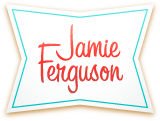Integrity and ideas
As a beginning writer, I would occasionally think silly things like “I don’t have any ideas for what to write next! Maybe I’ll never have another story idea, ever!” That’s in the same category as when I broke up with a guy at age 18, and thought “I’ll never find anyone else to date, ever!”…
